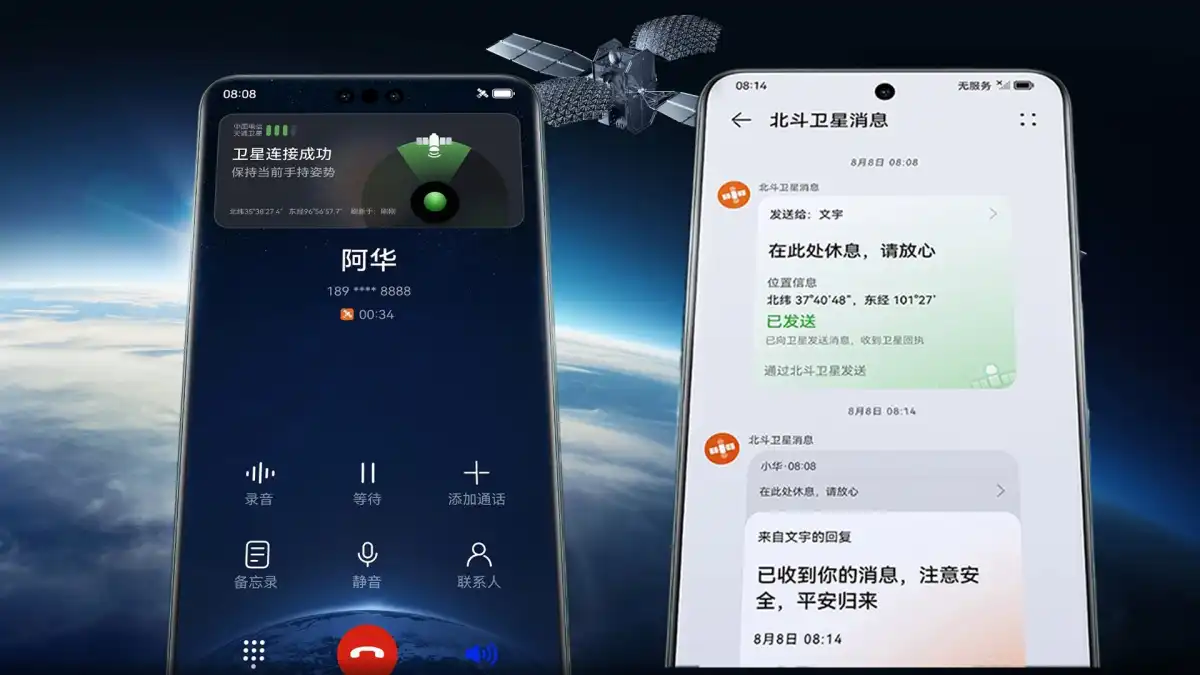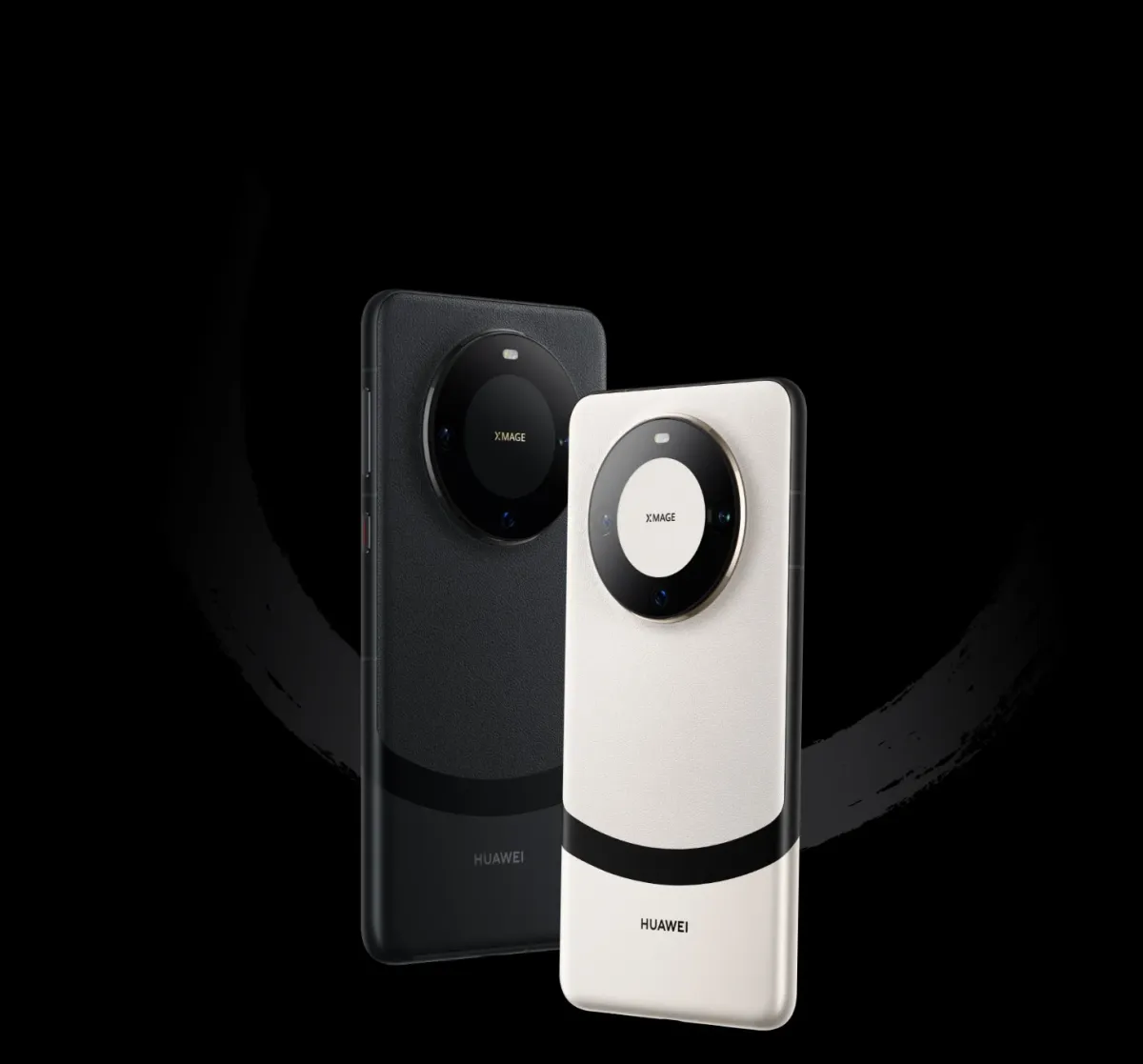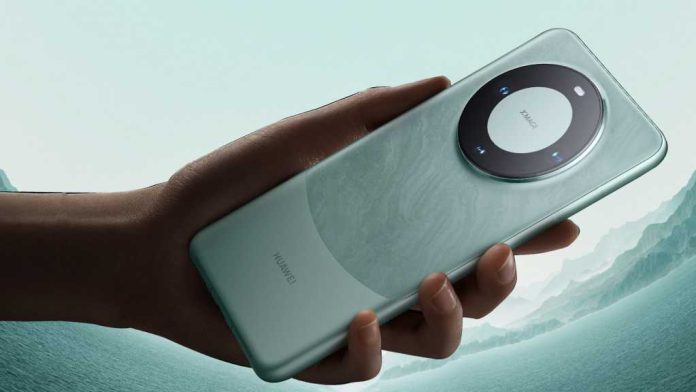Huawei’s Mate 60 series phones swept the globe by storm. Despite the embargoes and worldwide restrictions, the corporation accomplished the impossible. It introduced a phone with an in-house chip and technologies that it was not meant to have.
These three phones have been a great success for the Chinese manufacturer, and they finally bring back a bevy of features that have been missing from Huawei phones for years.
The Mate 60 series now includes an even more expensive model.
When will the Huawei Mate 60 series be released outside China?
The Huawei Mate 60 and Mate 60 Pro were unveiled on August 29, 2023, which came as a surprise given that all prior leaks claimed the phone will be released in September.
Pre-orders for the phone began the same day, with the official launch date slated for September 17. Of course, this is only available in China, as is typical with Huawei phones these days. All of its flagship products debuted in China first and then expanded to other regions.
This year, though, that may not be the case. There was no information available at the time of introduction about the phones’ international availability. Furthermore, a Huawei official informed Android Authority that the firm has no plans to release the Mate 60 Pro in overseas regions. There is still hope for a standard Mate 60, but it is quite improbable.
After a few more days, on September 9, the firm released the most expensive version of their new flagship, the Huawei Mate 60 Pro Plus. It outperforms the Pro edition in terms of performance and features. However, like its siblings, we do not anticipate a worldwide release.
How much does the Huawei Mate 60 series cost?
Huawei Mate 60 series are flagship phones with, predictably, blockbuster pricing.
In China, the 512 GB Mate 60 Pro begins at 6999 RMB ($970/£760). There will also be 256GB and 1TB models, although Huawei has yet to reveal pricing.
Pre-orders for the standard Mate 60 are also available. This variant is slightly less expensive, with pricing beginning at 5999 ($827/£650).
There is no official information on the cost of these phones in other currencies because we do not anticipate them to be marketed outside of China. The Mate 60 Pro, on the other hand, is already available at Huawei’s web shop.
When it comes to the newest member of the family, the Huawei Mate 60 Pro Plus, it is (as predicted) at the top of the pricing range. So yet, it’s only been seen on Huawei’s vmall site, where you can pre-order it in the 16GB/1TB option for 9999 – a hefty $1388/£1144. The configuration with 512 GB of storage is expected to cost $8999 ($1250/£1030).
What features will we see in the Huawei Mate 60 series?
Let’s start with the most essential and intriguing Huawei Mate 60 series development: the SoC, which will be shared by both versions.
After years of being unable to put 5G in its phones owing to the ongoing US embargo, it appears that the Chinese manufacturer has finally found a way around this by designing its own SoC, the Kirin 9000S. However, these are only rumors, as Huawei hasn’t listed the SoC or network compatibility of these new phones anywhere.
The new chip is an in-house design featuring four Cortex-A78 cores, four Cortex-A510 cores, and a Maleoon 910 GPU. There is no definite confirmation that the processor is capable of handling 5G networking, but if it is, this might explain why these gadgets will not be available outside of China.

Moving on to cameras, the Mate 60 Pro will attempt to wow once again. The primary sensor contains a variable aperture (f/1.4 to f/4.0) for better illumination and bokeh control, as well as a 50-megapixel resolution. It also has a 48-megapixel telephoto lens with a macro mode and a 12-megapixel ultrawide lens.
The device’s front is equally intriguing, with Huawei opting for an unusual triple cutout. One of them holds a 13-megapixel front camera, while the other two are in charge of a 3D face-scanning technology that promises enhanced facial unlock and security.

The cameras on the standard Mate 60 are somewhat different. It also got the same 50-megapixel primary sensor with variable aperture and a 12-megapixel ultrawide lens, but the phone is different – it has a 12-megapixel periscope lens. The front is also different, with Huawei using a normal, single cutout with a 13-megapixel camera for the lower-tier device.
Huawei has one more trick up its sleeve: satellite connection. Furthermore, while the rest of the market just offers satellite messaging, Huawei went a step further and enabled satellite calling. The functionality is featured on both models, however just one carrier – China Telecom – is now supported.

Moving on to the remainder of the specifications, the Mate 60 Pro will be a huge phone. It has a 6.82-inch LTPO OLED display with a variable refresh rate of 1-120 Hz and a resolution of 2720 x 1260 pixels. It also has 12GB of RAM and 256GB, 512GB, or 1TB of internal storage that can be upgraded via the proprietary NM card. A 5000mAh battery, 88W wired charging, and 50W wireless charging are also included.
The Huawei Mate 60 will be slightly smaller than its more expensive sibling, featuring a 6.69-inch screen. It employs the same LTPO OLED technology, with a refresh rate of 1-120 Hz and a resolution of 2688 x 1216 pixels. The battery will also be somewhat smaller, with a claimed capacity of 4750mAh. The Mate 60 has 66W wired and 50W wireless charging, as well as reverse charging on both variants.

Both phones include an IP68 water-resistance certification and Kunlun glass to protect the screen from scratches. Mate 60 Pro will be available in the same colors as the Mate 60: white, green, purple, and black.
These are undoubtedly among of the most intriguing flagship smartphones this year, particularly given the SoC scenario. However, as usual, they run Huawei’s proprietary Harmony OS rather than Android, but because the devices are unlikely to be accessible outside of China, the lack of Google services is mostly irrelevant.
What are the specs of Huawei Mate 60 Pro Plus?
The Huawei Mate 60 Pro Plus, the latest addition to Huawei’s flagship lineup, takes what’s great about the Mate 60 Pro and improves on it in a few important areas.
Outside, the Huawei Mate 60 Pro Plus seems identical to its Pro counterpart, with the same display size and front camera notch. However, the resolution of the display varies. Despite the fact that it still features a 6.82-inch LTPO OLED display, it boasts a crisper 2720 x 1260 pixel resolution for even more information, totaling 440 PPI (compared to 423 PPI on the Pro).

The Pro Plus version, on the other hand, retains Huawei’s now-infamous Kirin 9000S chipset as well as the same 5000 mAh battery as its Pro cousin. Because of the greater resolution of the screen, you might expect its battery life to be slightly shorter. Furthermore, the new phone is only available in two versions. They both include 16 GB of RAM and 512 GB or 1TB of internal storage, which can be expanded using a proprietary NM card.
The cameras have also been updated. The telephoto sensor in the rear is the same 48 MP sensor as on the Mate 60 Pro, but the rest is entirely new. The Huawei Maye 60 Pro Plus has a 48-megapixel main lens with a 10-step adjustable aperture. In addition, a new 40 MP ultrawide sensor is included.


